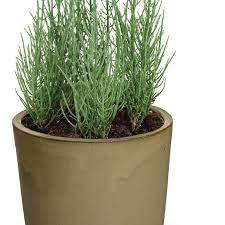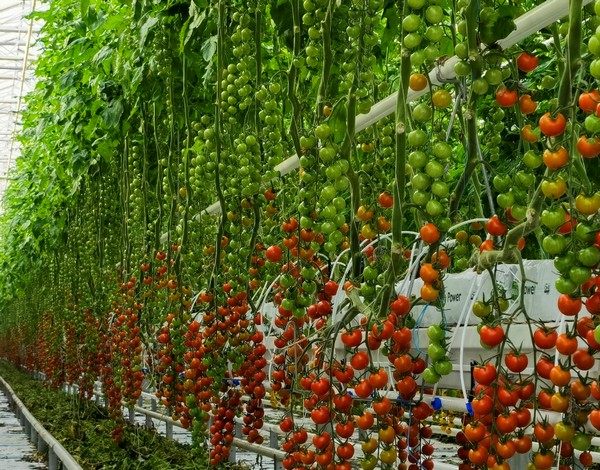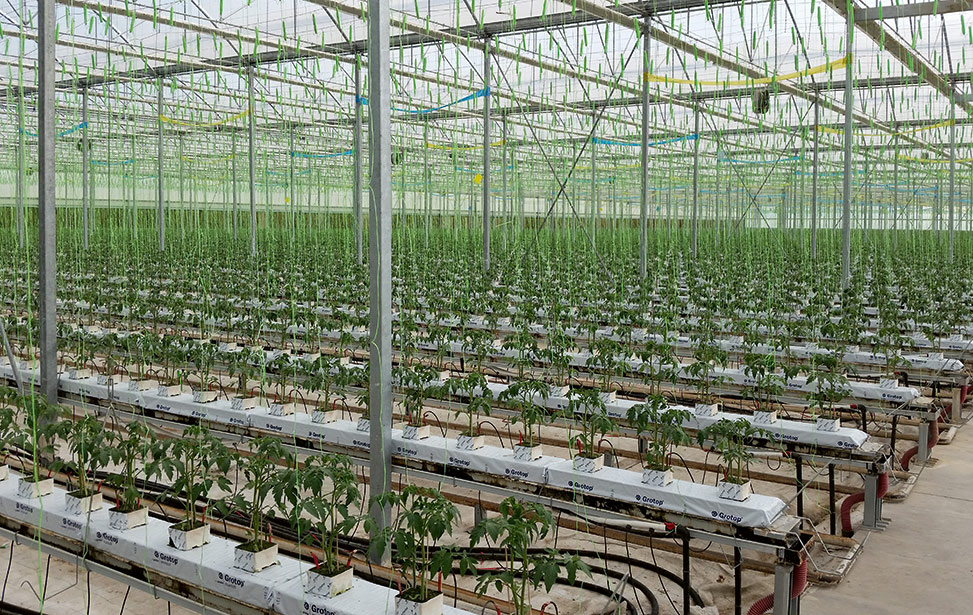Salicornia Europaea, also known as Glasswort, is a halophyte plant that is becoming increasingly popular in agriculture due to its ability to grow in saline environments. This article explores the various uses of Salicornia Europaea in agriculture, including as a feedstock for biofuel and livestock feed, a source of high-value compounds, and a tool for phytoremediation.
Salicornia Europaea is a unique plant that thrives in saline environments where other crops struggle to survive. According to a study published in the Journal of the Science of Food and Agriculture, Salicornia Europaea contains high levels of lipids and carbohydrates, making it an attractive feedstock for biofuel production. Additionally, the plant’s high protein content makes it an excellent source of livestock feed.
Moreover, Salicornia Europaea is a rich source of high-value compounds, such as antioxidants and omega-3 fatty acids, which are increasingly in demand in the pharmaceutical and nutraceutical industries. The plant’s ability to absorb heavy metals and other pollutants from the soil and water also makes it a valuable tool for phytoremediation.
In conclusion, Salicornia Europaea has multiple uses in agriculture and offers a promising solution for the challenges of food and energy security in the face of climate change. By harnessing the plant’s unique properties, farmers, agronomists, and agricultural engineers can cultivate Salicornia Europaea to meet the growing demand for sustainable and resilient agriculture.
#SalicorniaEuropaea #Glasswort #Halophyte #Biofuel #LivestockFeed #Phytoremediation #SustainableAgriculture #ClimateChange











